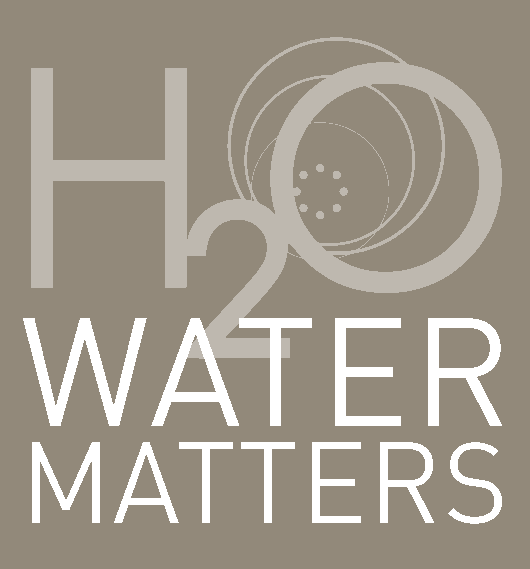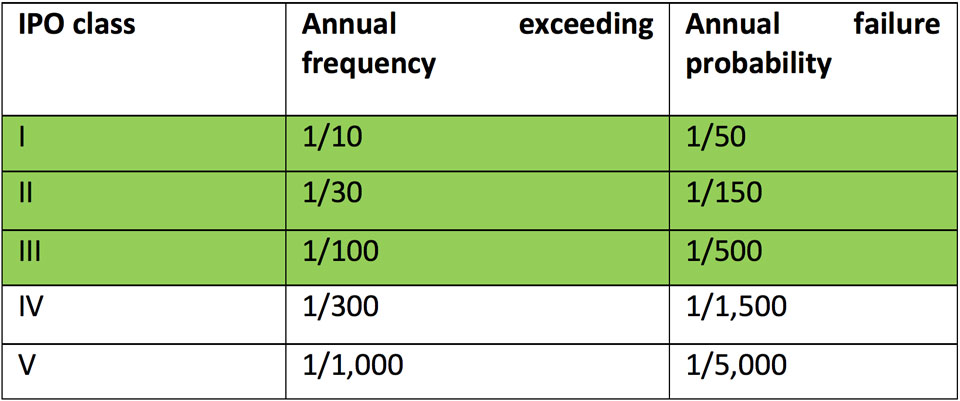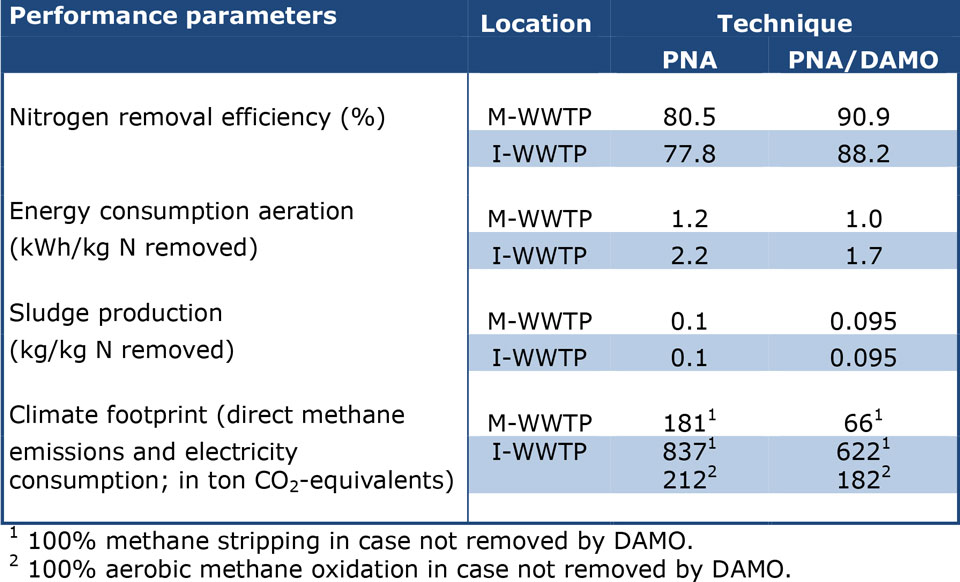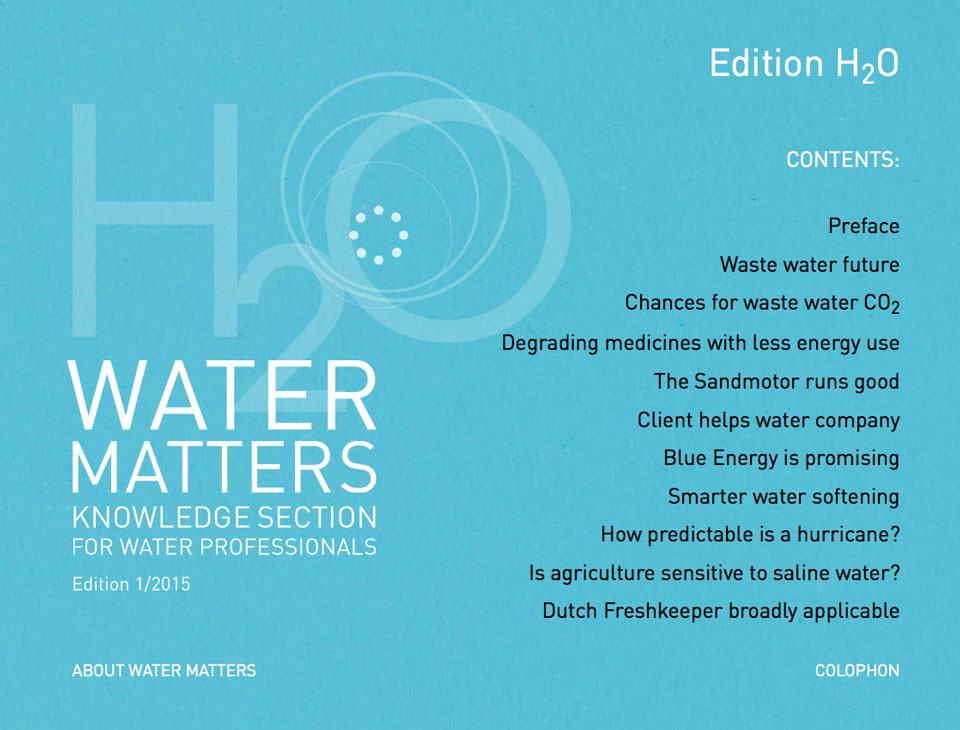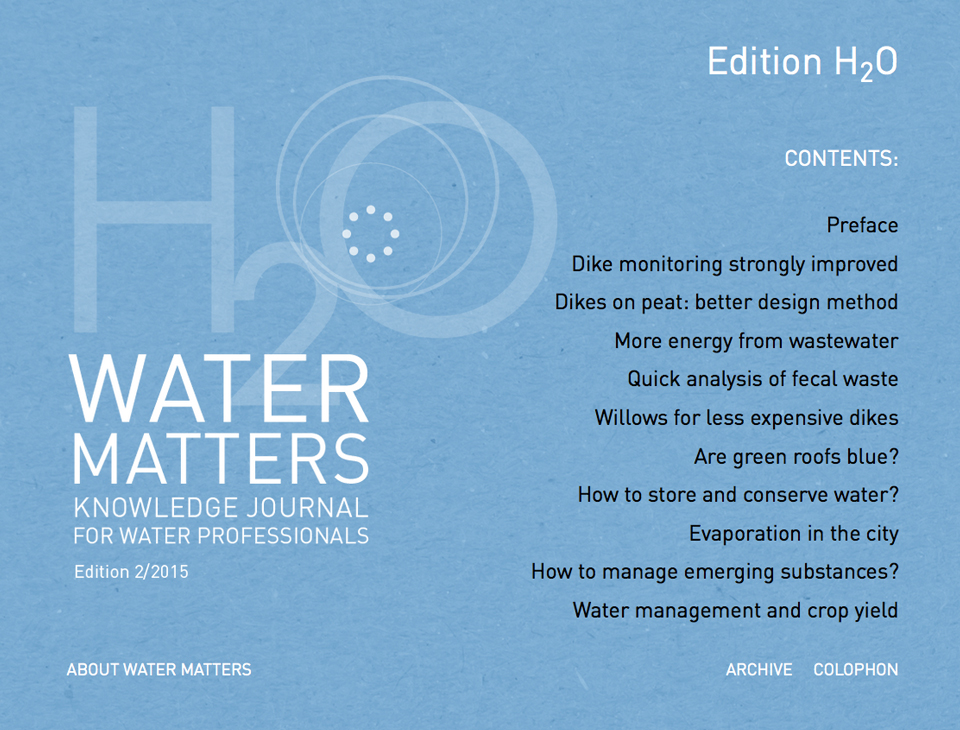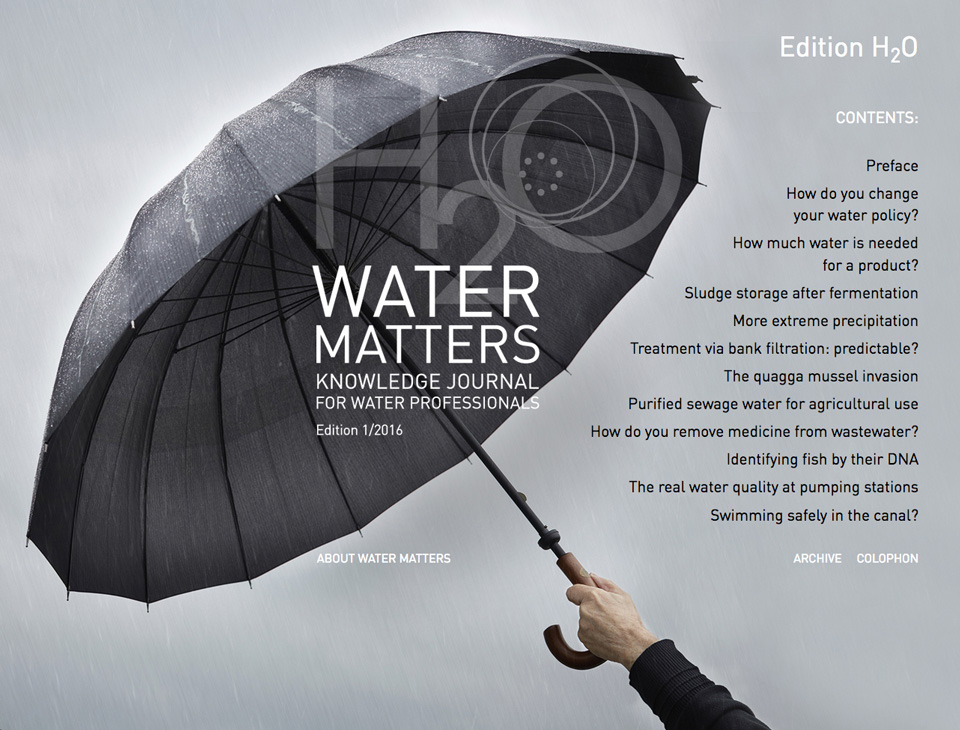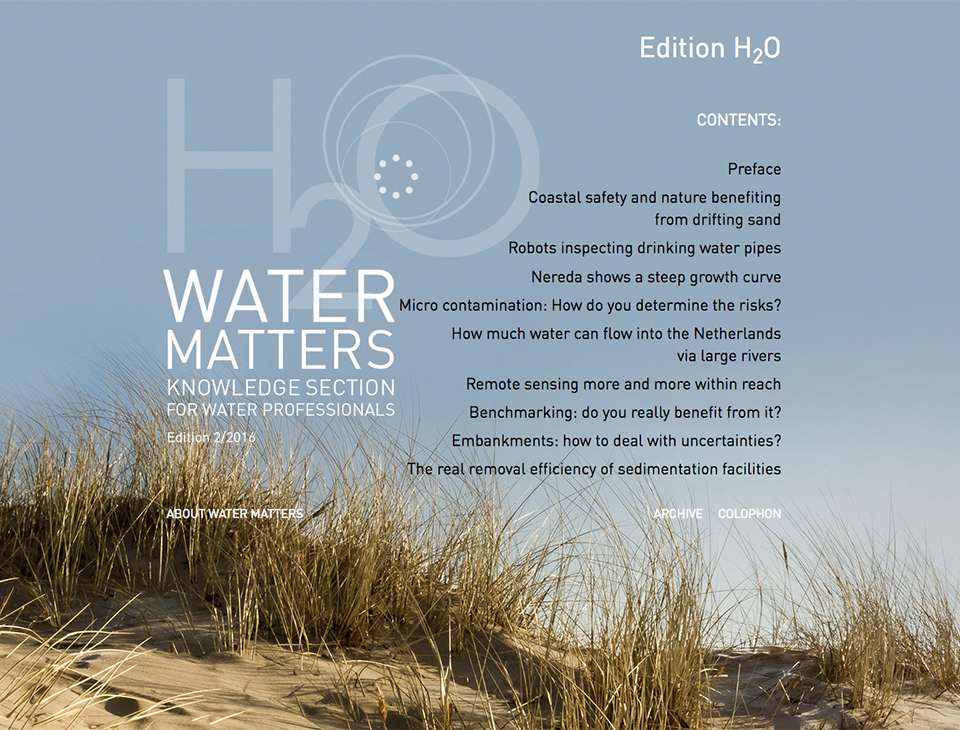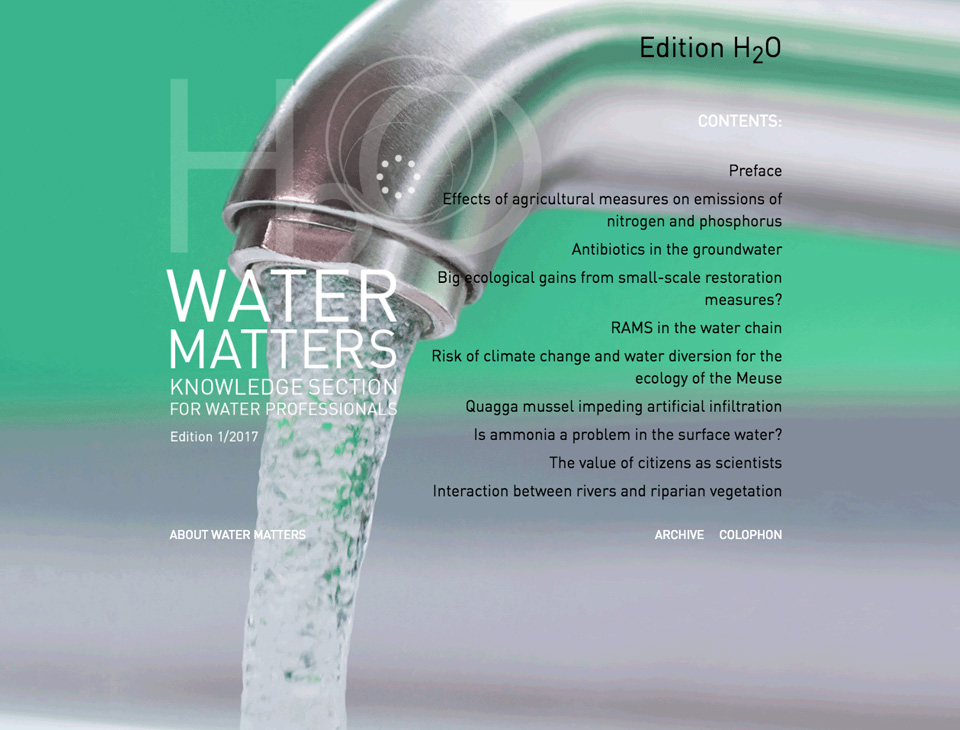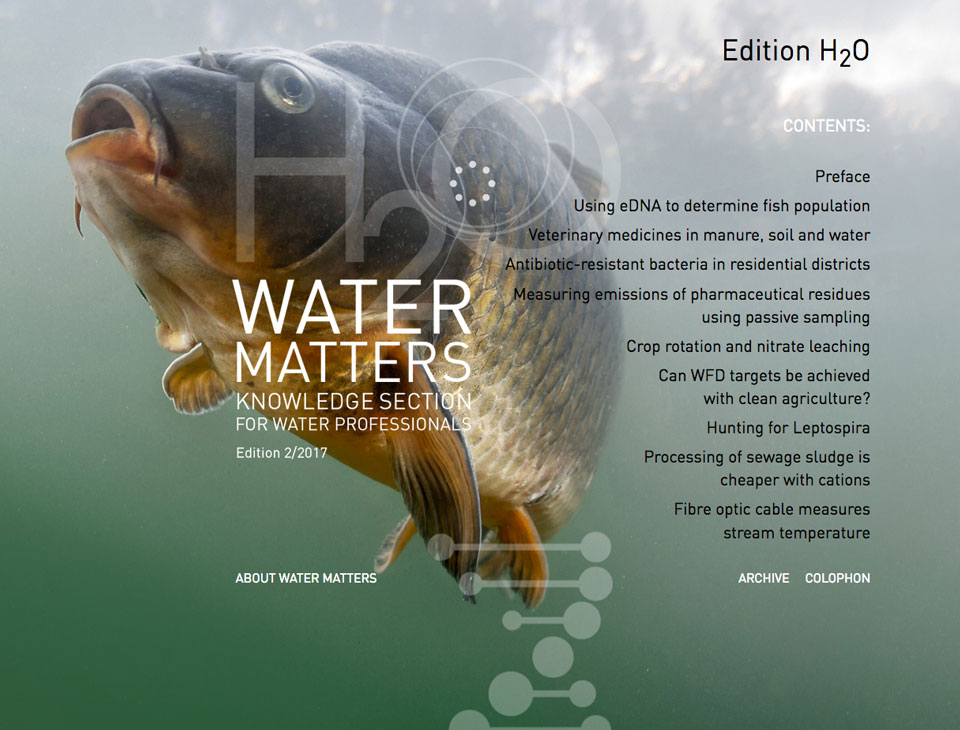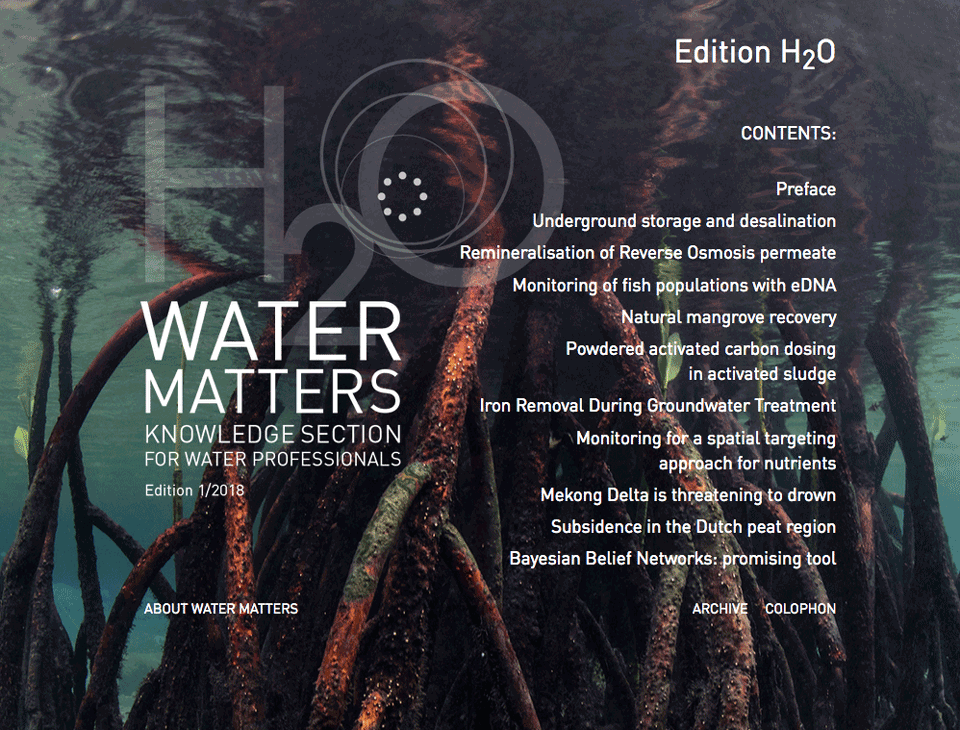Wear and tear of car tyres: what ends up in the water/environment?
All drivers know their tyres will wear out and that they will need to be replaced over time. But what happens to the worn rubber on the road? Do these worn particles end up in our environment and if so, how much of it does? Deltares conducted the first study on this issue.
Research into this issue is necessary as estimates from literature show that this involves large quantities. Wagner et al. (2018), for example, estimate that this amounts to more than 1 million tonnes per year for the whole of Europe. It is expected that a large part of these particles is washed off the road when it rains and ends up in our water system. This raises questions about the possible consequences:
• the potential consequences of tyre particulates for humans and the environment are still largely unknown. Further research into the risks is urgently needed;
• if there are harmful effects, what countermeasures can be taken? Think of dredging, to remove the matter from the water system. However, this could also lead to mobilization of the rubber particles in the water increasing the bioavailability of the rubber and the substances contained therein. An alternative could be to collect the water that flows off the roads reducing the runoff. There are also other solutions conceivable.
Estimates of the amount of tyre particulates in our environment are uncertain: direct measurements are scarce. The alternative is to estimate the amount of material released on the basis of population figures and road use and to track its transport and fate using a mathematical model. The data used in such methods are often inaccurate and a certain expansion is inevitable - just think of the variations in driving behaviour or types of car tyres. In addition, under the influence of sunlight, the rubber particles undergo all sorts of processes such as clumping together (aggregation) and degradation. This changes the shape and size of the particles and their spread through the environment.
Deltares, together with the American company Cardno Chemrisk, has carried out a study on behalf of the European Tyre & Rubber Manufacturers' Association. The research focused on the following questions:
• How can the total emissions of tyre wear be estimated and what is the volume of their emission?
• How can we set up a transport model for this type of pollution based on what is known about what happens to rubber particles in the environment?
• Given the inaccuracy of a lot of the data involved, what parameters determine the accuracy of such estimates?
• How do the results relate to the scarce measurements available?
The study concerned two river basins, the Scheldt and the Seine, both located in densely populated regions in Europe.
Estimation of emissions
Direct measurements of the amount of tyre dust are scarce. We must therefore make do with estimates based on car use data. Fortunately, various databases are available for this purpose:
• the COPERT database for distances travelled - regionally, for different types of vehicles;
• EUROGLOBALMAP with the lengths of the roads in Europe and a distinction of the different types of roads. After all, driving on a motorway is different from driving on a country road;
• the Landscan database with population figures;
• the CORINE Land Cover database for land use.
Finally, a report by Deltares and TNO (2016) provided information about the emission of car tyre particulates per type of vehicle. With all these sources, it was possible to estimate the emissions. These estimates are expressed in tonnes of tyre and road particles because in the environment, they are found clumped together. About half of a particle consists of car tyre material. This yielded the following most likely values:
• Scheldt: 12,600 tonnes of tyre and road particles per year;
• Seine: 27,600 tonnes of tyre and road particles per year.
According to the Deltares and TNO report, the emission-determining variable, i.e. car use can be easily charted (with a 10 per cent margin) but the uncertainty lies in the emission factors (margin of 50 per cent for different categories of substances).
Dispersion of tyre dust
These emissions were then tracked based on insights into processes such as soil erosion and run-off during rain showers and disposal in sewage treatment plants using a transport model in the aquatic environment followed by export to the sea (see Figure 1).
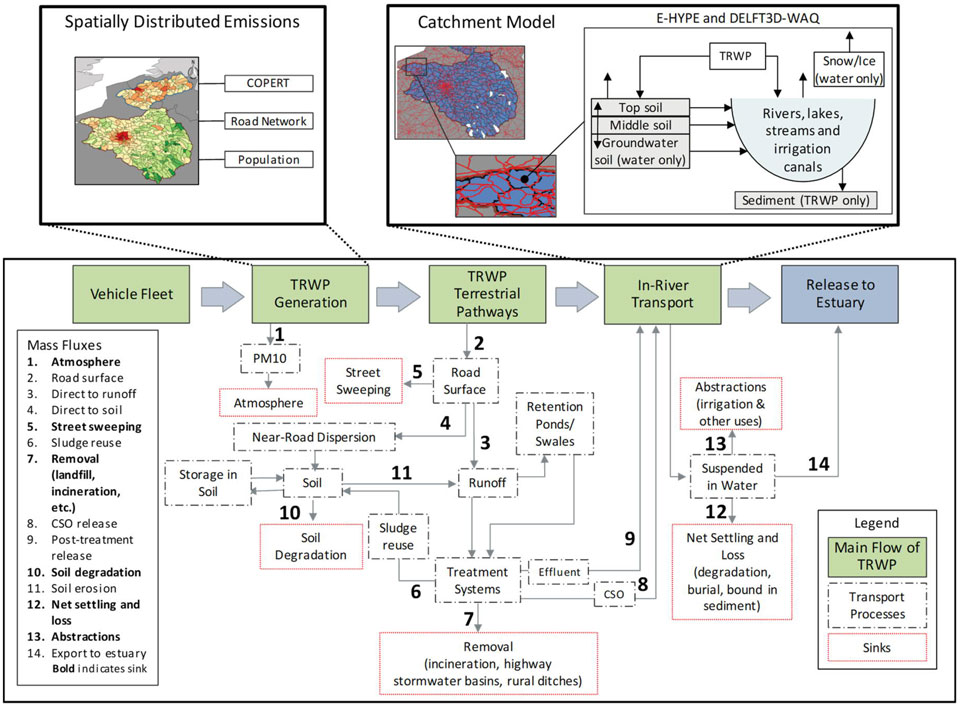 Figure 1. Conceptual model that describes the emission and transport on land of dust particles from the wear of tyres and road surface to the estuary (Unice et al., 2018A).
Figure 1. Conceptual model that describes the emission and transport on land of dust particles from the wear of tyres and road surface to the estuary (Unice et al., 2018A).
The transport model includes a number of elements:
• tyre and road particles vary in size, shape and density. For this reason, a range of particle sizes and other properties has been included in the model calculations;
• aggregation (clumping) of car tyre and road particles or to (natural) suspended matter;
• sedimentation of the different types of particles;
• the effect of biofouling - when particles are in the water for a longer period of time, a layer of organic matter surrounds the particles, which influences the size and density;
• degradation under the influence of light (UV).
The model calculations demonstrate the following (see figure 2 for the geographical distribution):
• in the Seine basin, approximately 18 per cent of the tyre particulates ends up in surface water. A large part of it sinks and ends up in the sediment. A small part (2 per cent of the total) is carried along in the water and eventually ends up in the estuary and possibly in the sea;
• the rest of the released material finds its way into the atmosphere (2 per cent), is removed by sewage purification (18 per cent) or ends up in the soil (62 per cent);
• the largest contribution comes from urban areas;
• the results for the Scheldt basin are comparable to those for the Seine basin.
Models always contain uncertainties. Therefore, in this study much attention has been paid to the processes that are specific to this pollution. The most important parameters that cause the dispersion in the final result are the variation in particle size and the density of the rubber. Therefore in the case of the 2 per cent that ends up in the estuary, spread is expressed as a 50% reliable interval (1.4 to 4.9%).
The research focused on the transport and fate of car tyre dust. Follow-up research could focus on the harmfulness of this matter to the environment also in relation to other substances in the rubber such as zinc. The content of this substance in car tyres can rise to almost 2 per cent.
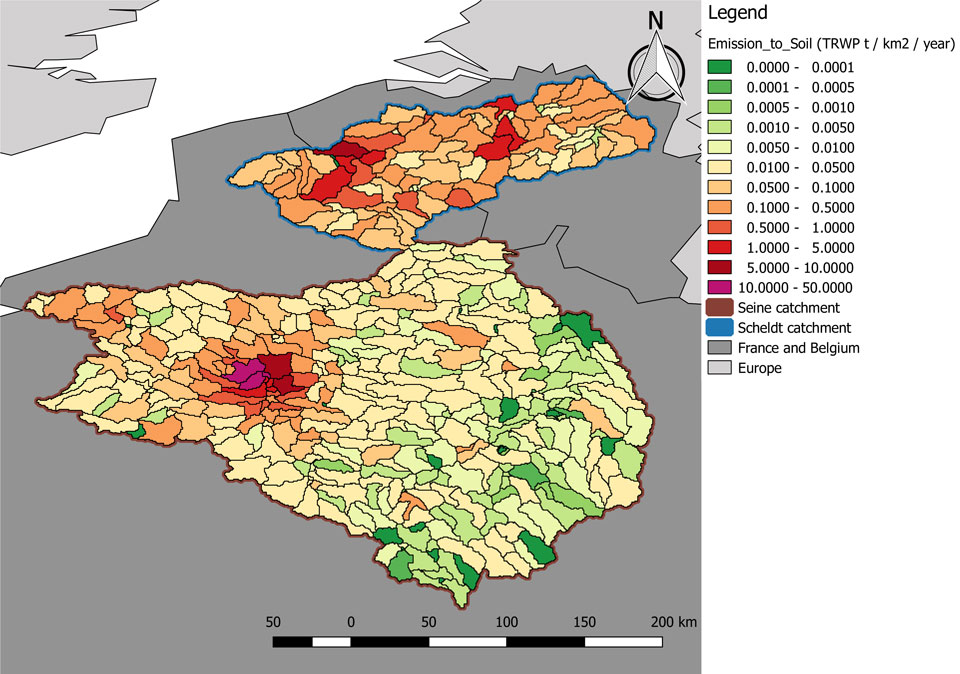 Figure 2. Emissions to surface water in the catchment areas of the Scheldt and Seine rivers.
Figure 2. Emissions to surface water in the catchment areas of the Scheldt and Seine rivers.
Implications for water management
In practice, for water management this means that a lot of tyre dust accumulates in the seabed. Unfortunately, it is difficult to say what the environmental impact will be. However, laboratory research has shown that all kinds of substances may be released even if the rubber particles themselves do not cause any damage.
The conclusion that much of the tyre dust remains in the water bed means on the one hand that the water phase is less directly polluted but on the other hand that the rubber particles remain in the environment for a longer time. When dredged, this material can be released and to a certain extent with consequences for soil life.
A first step
This research was a first step in mapping the problem with regard to the aquatic environment. The industry now has better insight in the dispersion of tyre dust and uses the results in product development. The possible environmental effects play a role but also safety (tyre grip on the road) and lifespan. The study was also presented to the EU’s Environment DG, where it provided additional insights for the formulation of future policy. In addition to the impact on humans and the environment, the most important unknown is the long-term behaviour of the tyre dust in soil and sediments. Further research is in preparation and will have to make clear to what extent something can and should be done about it. By far the best solution is of course to prevent this type of contamination as much as possible. In this light, technical developments concerning environmentally friendly car tyres are most welcome.
Arjen Markus
(Deltares)
Marc Weeber
(Deltares)
Jos van Gils
(Deltares)
Dick Vethaak
(Deltares)
Summary
Car tyres wear out and end up in the environment together with road particles. Little is known about what happens to these particles afterwards. A Deltares model study for the catchment areas of the Seine and the Scheldt made it clear that there are many uncertainties but that rubber particles mainly end up in the soil (62%) and on the water bed (18%). The environmental effects are not known but it is clear that rubber particles on the water bed can release certain substances. Further research is needed, especially into long-term behaviour in (water) soils and sediments.
Literature
Deltares and TNO, 2016. Bandeslijtage wegverkeer. Emissieschattingen Diffuse bronnen – Emissieregistratie. Commissioned by Rijkswaterstaat - WVL. Available from: http://www.emissieregistratie.nl/erpubliek/documenten/Water/FactSheets/Nederlands/Bandenslijtage%20wegverkeer.pdf.
Kole, P.J., Löhr, A., Van Belleghem, F.G.A.J., Ragas A., 2017, Wear and Tear of Tyres: A Stealthy Source of Microplastics in the Environment, International Journal of Environmental Research and Public Health
Manufacturing industry, 2017, Michelin helps achieve sustainable driving with environmentally friendly car tyres, Online: https://www.maakindustrie.nl/nieuws/michelin-brengt-duurzaam-autorijden-dichterbij-met-milieuvriendelijke-autoband (accessed on 1 January 2019)
Unice, K.M., Weeber, M.P., Abramson, M.M., Reid, R.C.D., van Gils, J.A.G., Markus, A.A., Vethaak, A.D., Panko, J.M., 2018A. Characterizing export of land-based microplastics to the estuary – Part I: Application of integrated geospatial microplastic transport models to assess tire and road wear particles in the Seine watershed. Science of the Total Environment, volume 646, pp. 1639-1649.
Unice, K.M., Weeber, M.P., Abramson, M.M., Reid, R.C.D., van Gils, J.A.G., Markus, A.A., Vethaak, A.D., Panko, J.M., 2018B. Characterizing export of land-based microplastics to the estuary – Part II: Sensitivity analysis of an integrated geospatial microplastic transport modeling assessment of tire and road wear particles. Science of the Total Environment, volume 646, pp. 1650-1659.
Wagner, S., Hüffer, T. Klöckner, P., Wehrhahn, M., Hofmann, T., Reemtsma, T., 2018. Tire wear particles in the aquatic environment – A review on generation, analysis, occurrence, fate and effects. Water Research, volume 139, pp. 83-100.
^ Back to start









